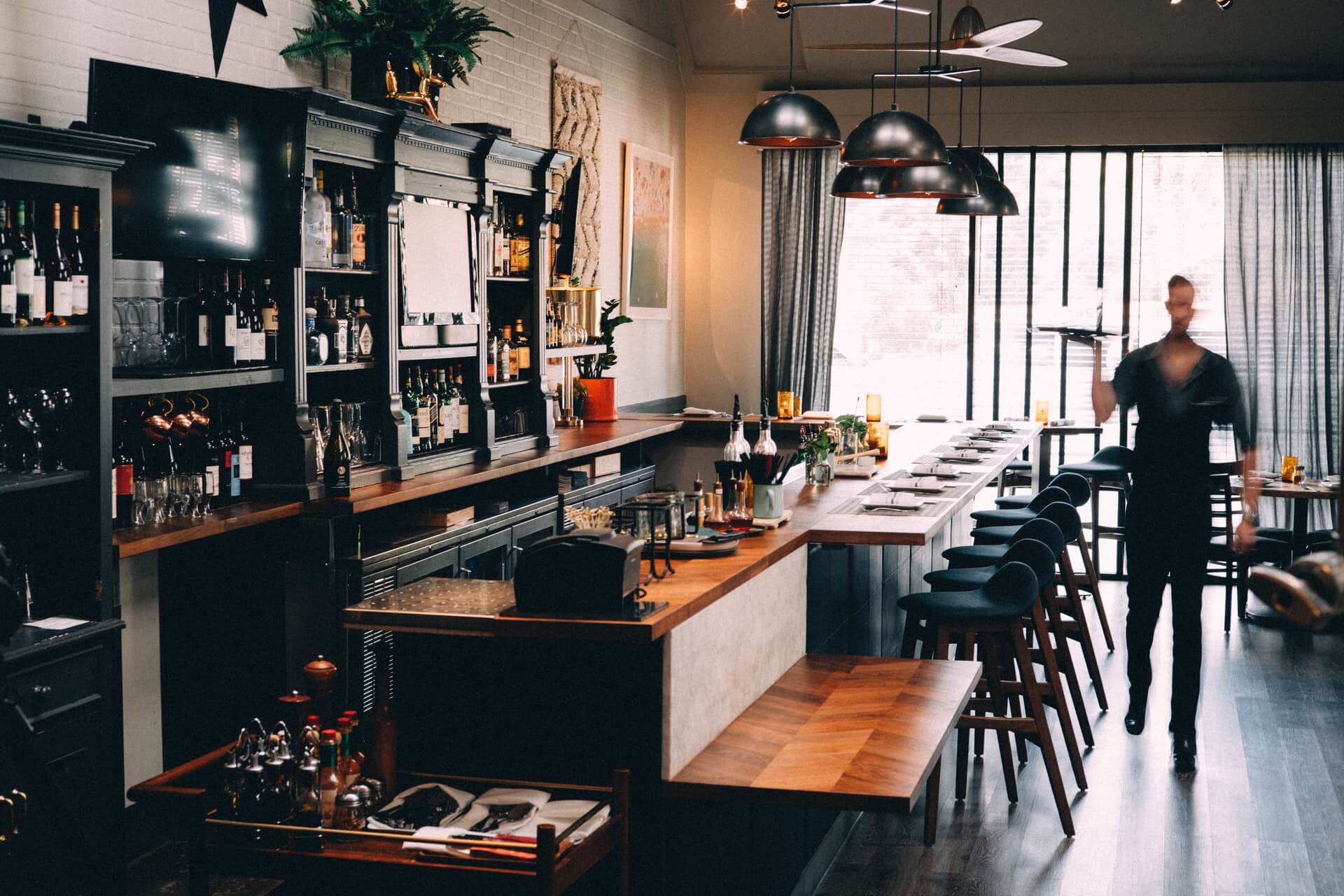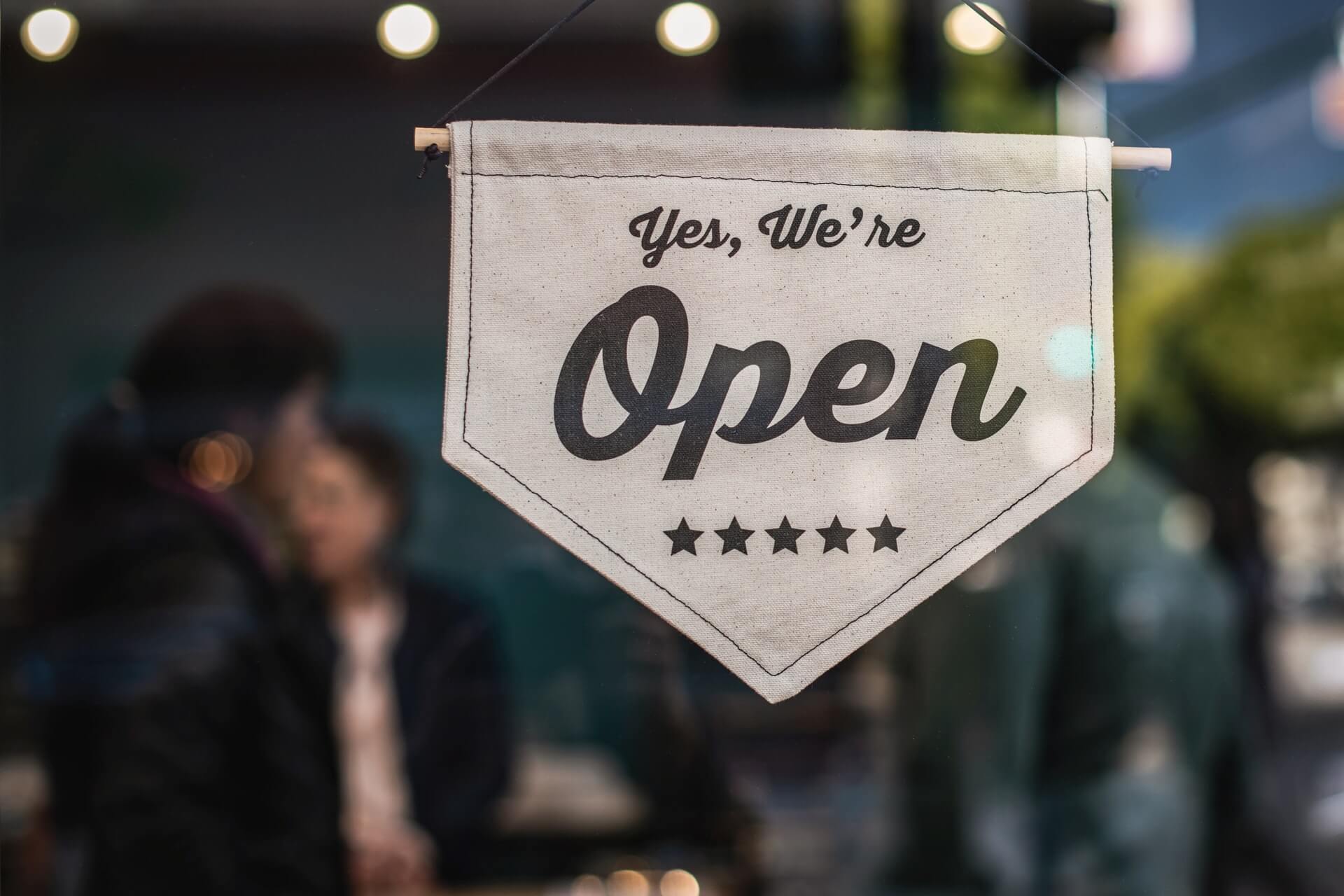4 Tips for Recruiting and Retention
by David Klemt

Operators seeking to survive and thrive despite the Great Resignation can give themselves an edge with these four concepts.
Attract New Talent
KRG Hospitality president Doug Radkey doesn’t find the struggle to fill restaurant, bar and hotel positions all that shocking.
Why? Because too many operators post generic, cookie-cutter job listings. Doing what everyone else is doing has never been advisable for those looking to stand out.
Instead, Doug suggests a more unique approach to job ads, an approach that helps operators stand above the competition.
Step one is avoiding banal listing language:
- “Are you friendly, energetic, and highly motivated?”
- “Are you an experienced and enthusiastic [insert position]?”
- “The ideal candidate must work well in a fast-paced environment and be a team player.”
- List of basic job tasks.
Instead, Doug suggests the following:
- Hire for values rather than experience. Training addresses systems and standards, not personality and drive.
- Operators should be transparent about their core values, company culture, and potential for growth.
- Showcase the approach to inclusivity, diversity, acceptance, and flexibility. That is, if that’s authentic. If not, that’s a flashing, neon red flag that requires addressing.
- Offer a living wage, benefits, potential for personal growth, and education.
- Produce a video of team members sharing why they work at the company. This must be genuine and honest.
Demand creates competition. Innovation beats the competition.
Actually Onboard New Hires
So, an operator adjusts their approach to filling open positions. They recruit and hire promising employees.
Sadly, it’s common for new hires in hospitality and foodservice to leave in just a few months. Rather than accept this as the norm, operators have a tool at their disposal for improving employee retention: Onboarding.
Too many operators think the next step after hiring someone is providing a start date, showing them the front- and back-of-house, and hoping things will work out.
Well, hope isn’t a strategy.
The next step after hiring someone is onboarding and should include the following:
- Complete all pertinent paperwork and setting up access to systems. If applicable, set up direct deposit.
- Provide new hire with detailed employee handbook. If there isn’t one yet, that must be addressed.
- Share the story of the business (history, area, etc.) and workplace culture.
- Outline expectations: Policies, rules and responsibilities.
- Explain benefits, such as health insurance and mentorship opportunities.
- Provide training and assign shadowing.
- Deliver feedback on trained tasks.
The above list obviously has room for more onboarding tasks. Operators should create a physical onboarding checklist. Also, they should require the person or people tasked with onboarding to complete and sign off the checklist (even if that person is the operator).
Nail recruiting, hiring and onboarding and word will get out. The result? Hiring gets easier and turnover decreases.
Focus on Workplace Culture
Doug addressed workplace culture and the labor shortage on Bar Hacks bonus episode number 16.
Simply put, operators need to take an honest look at their culture.
Is it inclusive and accepting? Transparent and nurturing? Do employees feel comfortable bringing up workplace issues? (More on that last one below.)
Hospitality is fast-paced and demanding—owners and managers shouldn’t add to the stress.
Why would anyone want to work in for someone who isn’t going to treat them and their coworkers with respect, mentor them and nurture their career, and value their input?
It’s every operator’s responsibility to be good stewards of hospitality professionals’ passion for this industry. We do them a disservice when we turn a blind eye to an unhealthy workplace culture that has taken hold, crushing their love of his business and driving them away.
Value Employee Feedback
Yes, guest feedback is valuable. However, so is feedback from employees.
It’s important for operators to remember not to focus solely on guests.
True, a business isn’t a business without customers. Equally true: It’s not a business without employees.
So, operators should foster a work environment in which employees feel comfortable sharing honest feedback. This is, of course, where culture comes into play.
If employees don’t feel safe sharing their opinions and suggestions, operators won’t truly know what it’s like to work for them. Without that feedback, employee turnover will skyrocket, recruiting and hiring will be an endless struggle, and the guest experience will suffer.
We all know what happens if guests pick up on an uncomfortable restaurant, bar or hotel environment: They don’t return.
Operators can’t expect their businesses to thrive (or just survive) if they focus solely on guests.
Putting these concepts to work can help operators succeed despite the Great Resignation of 2021.
Image: Shangyou Shi on Unsplash







